Los Angeles–based architect and interior designer Nina Freudenberger of Haus Interior has been creating homes synonymous with California cool ever since she moved to the city more than six years ago.
However, she began her career on the East Coast, first as a junior designer at a firm, then independently, with her own design firm and a boutique on Elizabeth Street, which she had from 2007–2014.
With countless residential projects—and two design books—under her belt, Freudenberger has just completed her first hospitality projects, a pair of boutique hotels on California’s Central Coast for PRG Hospitality. Here, the sought-after designer shares her tips and hints for what goes into creating effortlessly chic, quintessential California style, both in hotels and at home.
What is unique about California design?
The lifestyle in California is totally different than at a place like New York, where I first started my career. The people, the light, how people live in a space is totally unique to the area. My first book, Surf Shack, was really a study about this. It started with California, but eventually spread to other areas around the world to see how surfing and the passion for it infused someone’s home.
In New York, the aesthetic is about being efficient and formal. It’s all very tailored, but you have to get a lot of mood in a small space. For instance, a white wall in New York isn’t great—it doesn’t take light well. In cities like that, even a six-bedroom home is going to be more cramped than a home in California, where there’s more space. The style of living in California is a result of how people use it—there’s a lot of flexibility in the homes since a lot of people work from home, even pre-COVID. There’s also a lot of indoor-outdoor living.
Flexibility and function are key on the West Coast, along with comfort, and it’s about more than just looking good on the cover of a magazine. I always leave room for the client to do their own thing.
What are some of your design signatures?
I actually use a ton of white. It’s my favourite colour here. It feels good and looks right. I also always use natural materials like linens, wools, cottons—I’m not really into glass. I would never do a glass coffee table. I love to layer vintage with newer textiles for a layered look and tactile moment.
View this post on Instagram
What is your advice for buying vintage?
I’m obsessed with vintage lounge or dining chairs and lighting. Those things are amazing. However, coffee tables are hard. You choose a table based on the room size and height of the ceiling, and it’s so hard to find the perfect one from a vintage store—those things are better to get made custom.
However, lounge chairs are all basically the same height. The materials are different, but they function the same one. You can buy a pair and put them in different rooms. When you move, sometimes the same sofas and rugs won’t work from home to home, but you can always find a place for a lounge chair. The scale also feels comfortable for just one person.
I also love vintage lighting and sconces. Lighting is so important to a home. You never go into a house and think there’s too much lighting. There’s no such thing. Maybe too many recessed lights, but never too many table lamps or sconces. Once a sconce is on a wall, lighting becomes like a piece of art. Ceiling fixtures too. When you layer with ceiling fixtures, sconces, table lamps, and floor lamps, you create different zones. You need everything from cocktail-hour lighting to good reading light. The flexibility is critical and creates a great sensory experience.
What mistakes to most people make when it comes to design?
There are a lot. I think one thing is over sourcing—over stimulating yourself with images. I’ve seen clients go down the Pinterest hole and never come up. There are a lot of great interiors online, and so many people are creating beautiful different things, but you can’t have it all. Some people send me a Scandinavian interior and then a South of France home that’s decaying, but you just can’t merge certain things. Certain homes just can’t have certain things.
How would you describe the California Central Coast, where your first two hospitality projects are?
It feels like going back in time going through California. Once you head north of Santa Barbara (about 90 minutes north of Los Angeles) the landscape clears out and gets calmer. There’s a lot of farmland and agriculture. The land is so gorgeous and carries a lot of golden tones. There are fewer palm trees, but you’re still on the coast. And, it’s not just about the ocean, but the land and the hills. You notice so many golden tones there, and not just the sun, but the land. Something about it feels wilder than Southern California, and not every beach area is meant for laying out. It’s more about walking beaches or maybe just surfers who are in the water with their wet suits.
How did the destination inspire the design of each property?
I was really thoughtful about each hotel. They’re about 45 minutes apart, but totally different. San Luis Creek Lodge in San Luis Obispo is a very sophisticated city with Cal Poly University, which attracts alumni, parents, and tech companies. People are coming for work, or they’re coming to explore the city and the vineyards, taking nature walks and hiking. You have to accommodate both kinds of traveler. The rooms are comfortable and laid back. There’s a desk for work, but it’s also comfortable, so you feel like you can breathe. It’s not too urban. I played with textures and materials and gave it layers, so it felt like California.
We used grass cloth wallpaper printed in a natural texture and handmade ceramic tiles that are each a bit different. I also had selected each piece of marble. Then, there are the green tones throughout that reflect the greenery of the wineries and the region—there’s a farmhouse element in there.
In Cambria, for White Water, it’s all about the unique Monterrey Pine trees that grow by the ocean. Normally, pines don’t like the water. So, there’s this green next to the grasses and the gold tones of the mountains and then the ocean. It’s not a nautical ocean—the ocean there is almost abstract and simple. It feels a bit like a Scandinavian seaside home: simple, but well done.
When people come here, they’re going to breathe in and relax. We used simple materials like Baltic birch plywood and an outdoor tent material for the headboards. We worked with the local Los Angeles workshop, Blockshop, which uses female craftspeople in India for the wood blocking of textiles. The overall look is relaxed and simple, so you can enjoy the landscape.
How are hotels different than residential projects?
They’re so different. They’re curated and a little more thoughtful, in the sense that there are certain routines that happen in a hotel room with consistency that you don’t have in a house. Like travel bags. You need to think about where to put them and store them. Then a place for the remotes; soap in the bathrooms—you’re not going to bring 10 different shampoos with you to a hotel like you might have at home.
Then, there’s the scent component. We chose scents that remind everyone again that they’re in California. A lot of the travellers here are moving up and down the coast, and we wanted to define it. We kept the woodsy pine smell in the air—it’s by the beach, but not a beachside community. There’s nothing floral here. It’s natural, salty, woodsy…uplifting but natural.
What are some of your favourite hotels around the world?
There are so many great ones, but you can’t compare a hotel in Italy with one in Costa Rica. I’m not interested in anything trendy, and I’m really thoughtful when I book something. Some of the more special experiences I’ve had have been at the Harmony Hotel in Nosara, Costa Rica, a remote beach town where you’d catch a fish that day, and they’d cook it for you at night–a totally different experience than a place like the Hotel Bel-Air, which I also love, and stayed at after I got engaged.
Harmony Hotel in Nosara
I also loved this convent in Puglia, Il Convento di Santa Maria di Constantinopoli, which was the most glamorous place with only 20 bedrooms and gardens for miles. The house was filled with textiles layered from all over the world.
I’ve also been to some great safari camps, and I the Taj Lake Palace hotel in Udaipur is beyond. My next book is on mountain homes, so I’m looking forward to exploring some mountain escapes next.

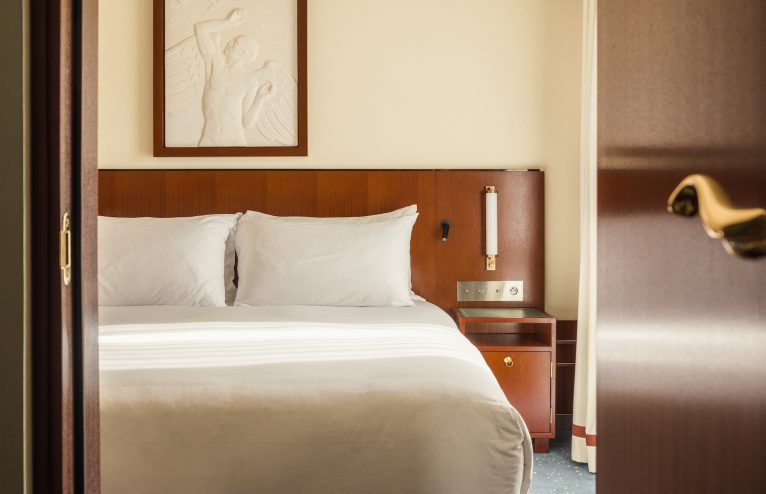
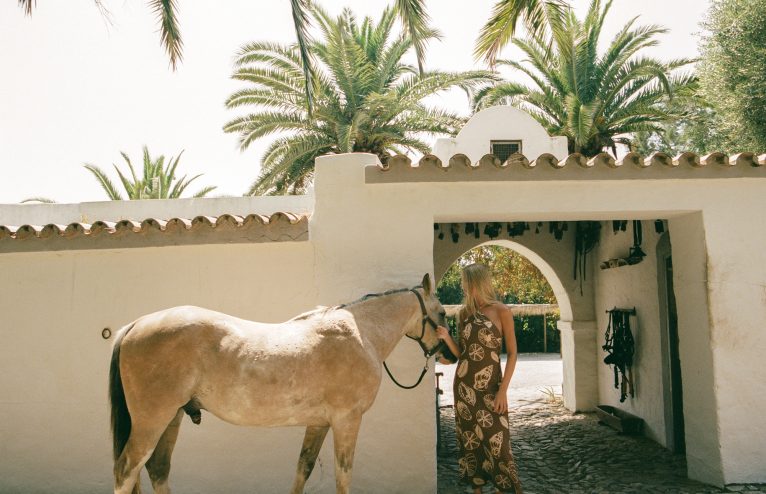
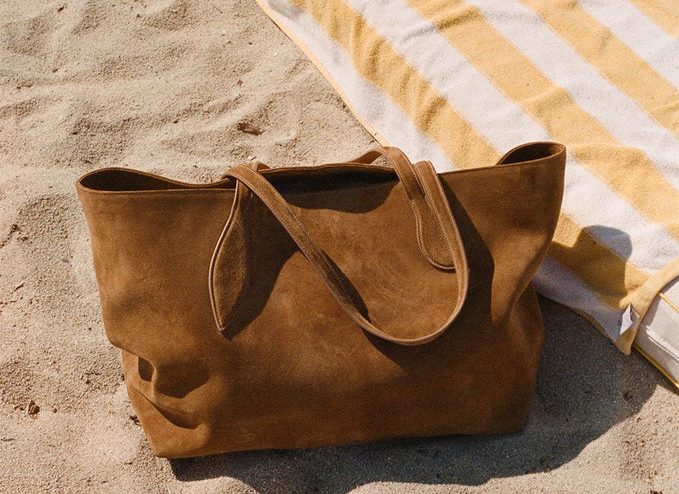


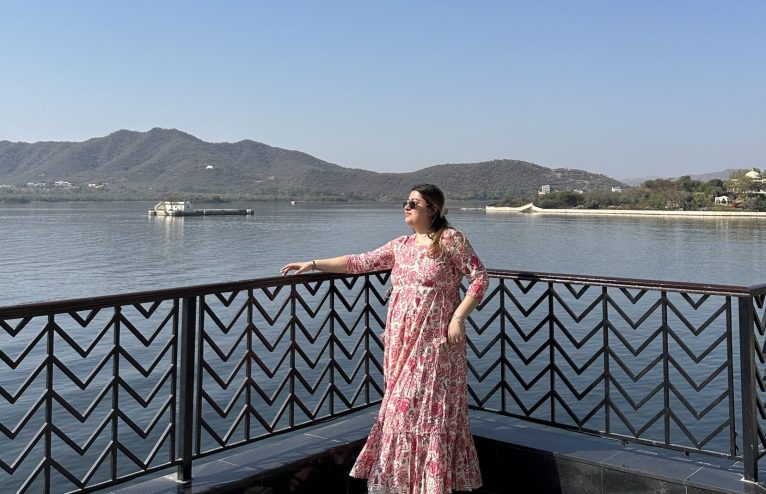
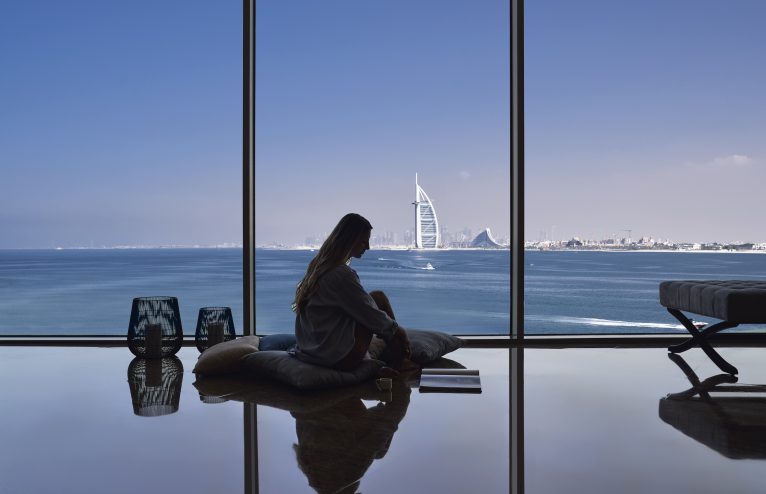
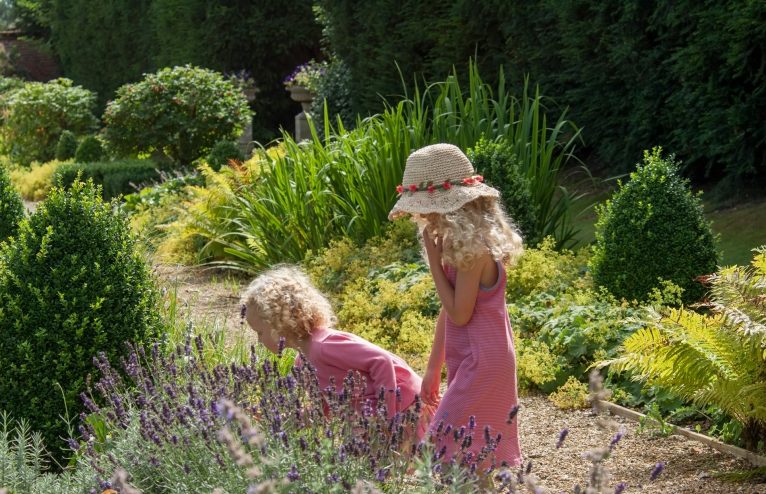







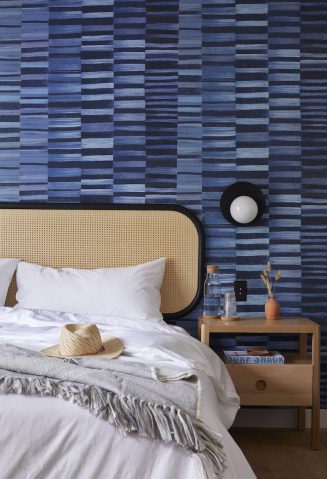

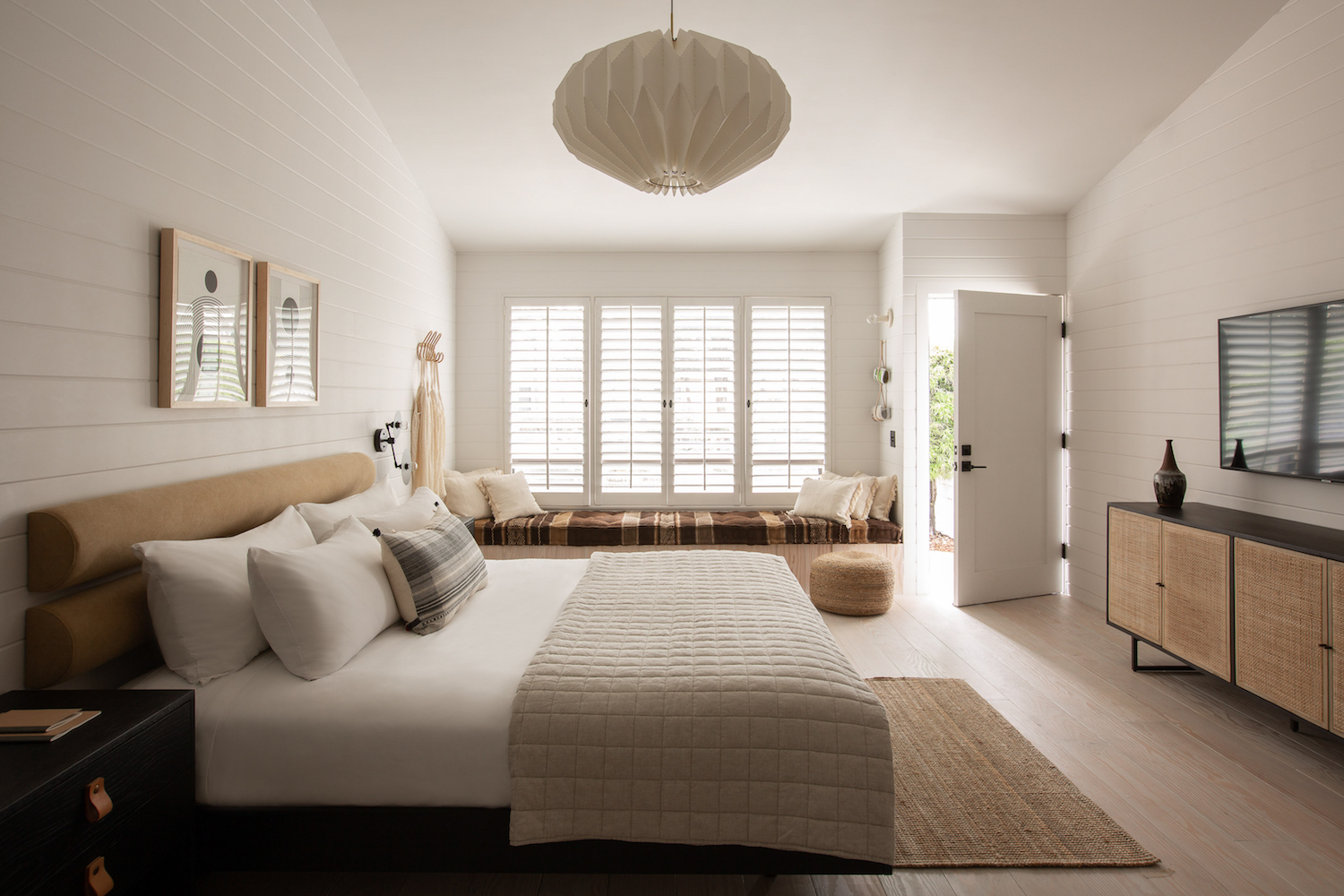
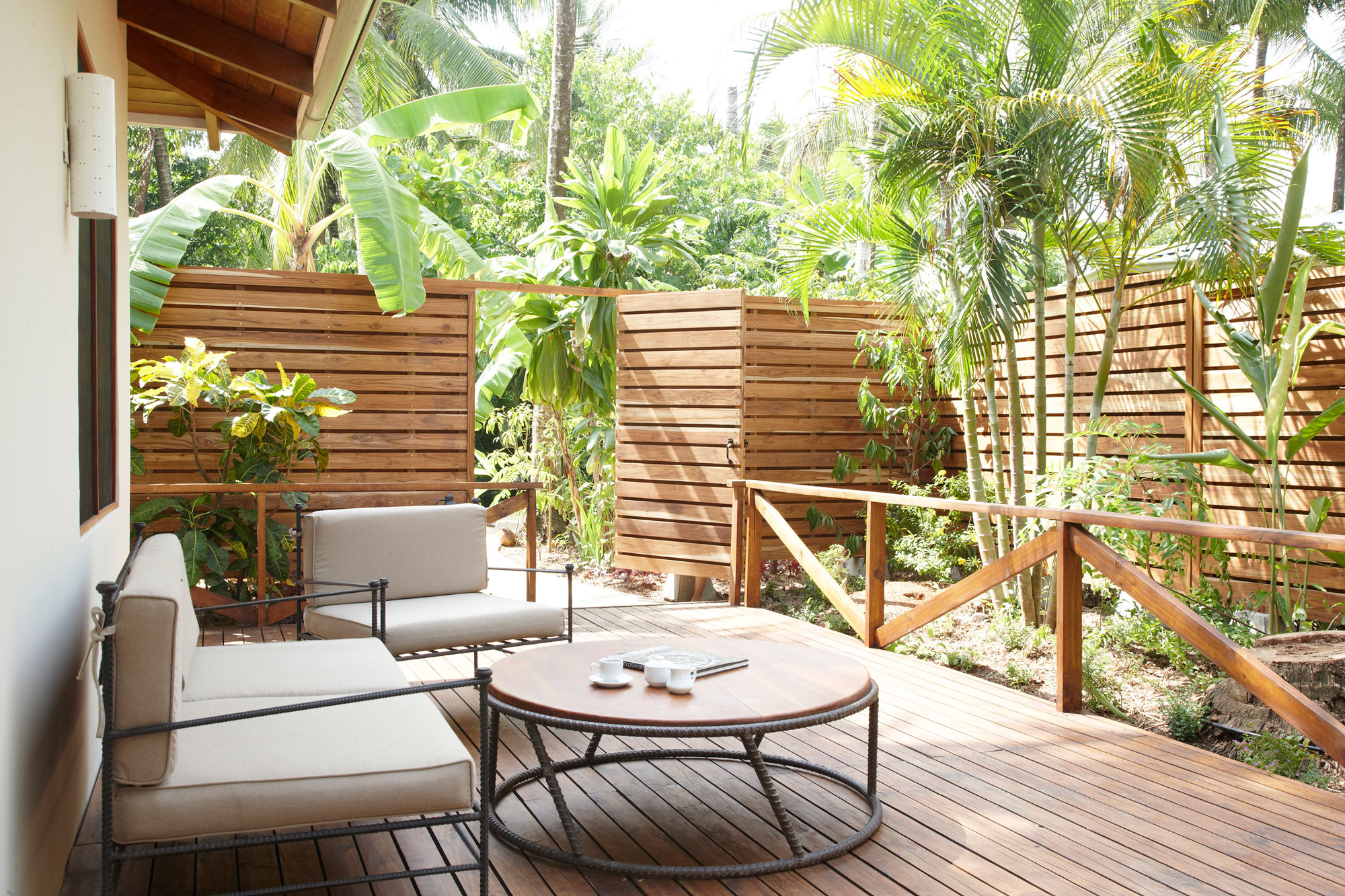
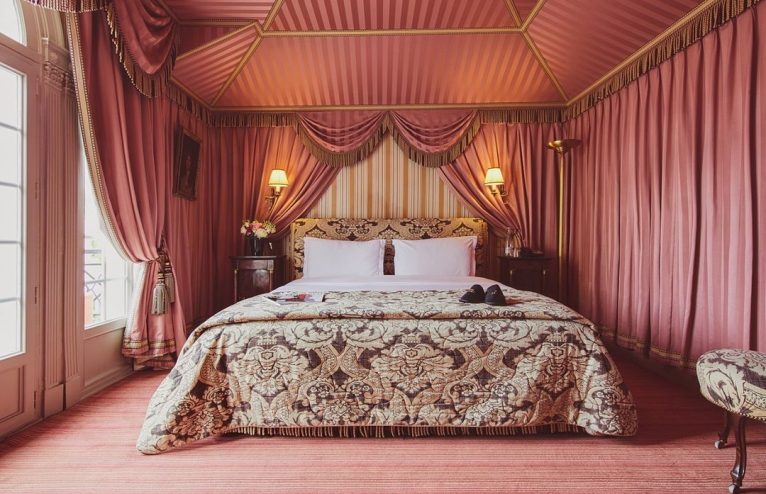
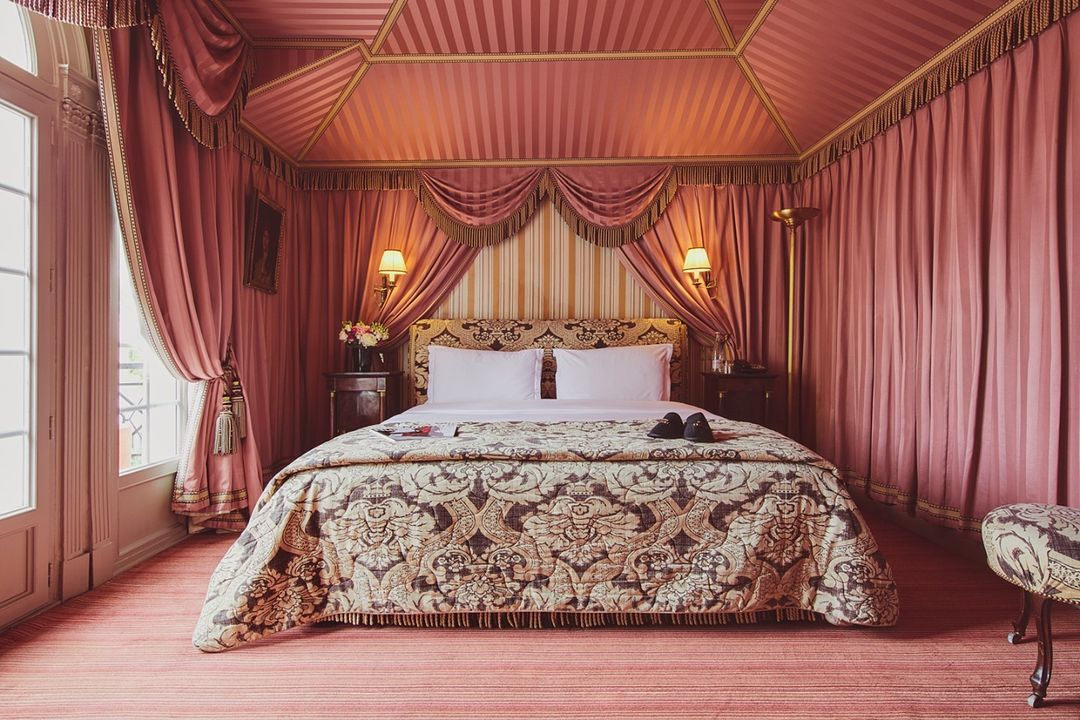

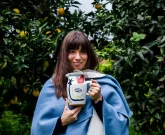
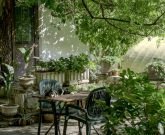
Any Questions or Tips to add?